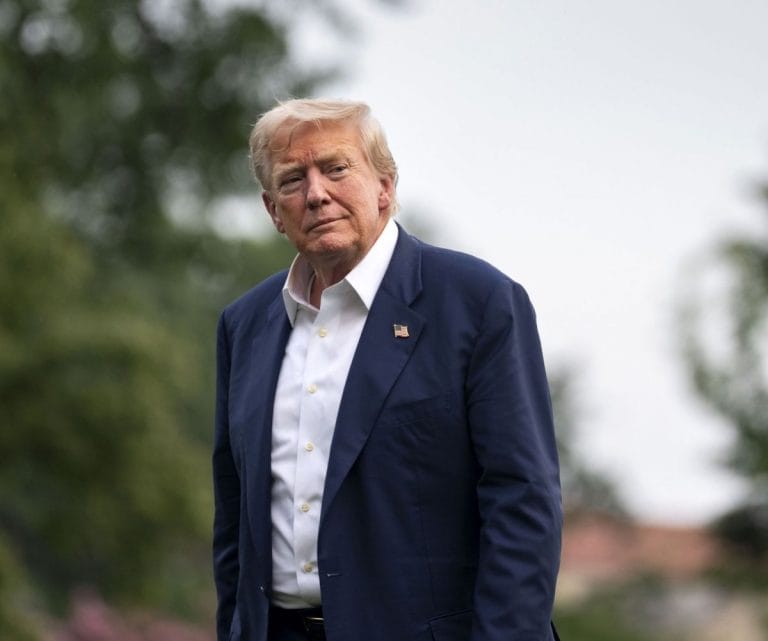🎧 Listen to This Article
President Donald Trump announced a new tariff measure imposing a 25% duty on imports from India effective August 1, 2025. The announcement also included an unspecified additional “penalty” targeting India’s trade relations with Russia.
This tariff is slightly lower than the 26% rate previously imposed during Trump’s “liberation day” tariff initiative but remains at the higher end of the 20-25% range he had been considering. The President justified the tariff citing India’s high tariff barriers and restrictive trade policies, which he described as “among the highest in the world” with “strenuous and obnoxious non-monetary trade barriers.”
Background and Key Details
India, a significant U.S. trading partner, will face this 25% tariff on select imports amid ongoing bilateral trade negotiations aimed at concluding a “fair, balanced and mutually beneficial” trade agreement, according to India’s Ministry of Commerce and Industry. The Ministry is currently reviewing the implications of the tariff announcement.
Trump also highlighted India’s continued purchase of military equipment and energy from Russia — a practice the U.S. opposes amid Russia’s ongoing conflict in Ukraine. The additional “penalty” aims to penalize India’s engagement with Russia, though specifics remain undisclosed by the White House.
Economic and Trade Impact Analysis
The tariff move aligns with Trump’s broader strategy to reduce the U.S. trade deficit, which he described as “massive” with India. Economists remain divided on the effectiveness of such tariffs, pointing out that restricting imports from countries with lower labor costs could increase costs for American consumers and businesses reliant on imported goods.
Additionally, the practicality of replacing imported goods with domestic production is uncertain, given the low-skilled and often hazardous nature of many manufacturing jobs outsourced abroad.
Earlier this year, the President declared the global trade deficit a national security threat, enabling unilateral tariff actions without congressional approval — a controversial legal approach that raises concerns among trade experts and policymakers.
Context: Secondary Tariffs and Russia
This tariff announcement coincides with Trump’s intensified rhetoric regarding countries trading with Russia amid the Ukraine conflict. He recently threatened secondary tariffs of up to 100% on countries, including India, China, and Brazil, that continue to buy Russian oil and gas unless Russia agrees to a ceasefire.
Such measures could profoundly affect global trade flows and energy markets, emphasizing the geopolitical complexity underlying trade policy decisions.
For further details, clarification, contributions, or any concerns regarding this article, please get in touch with us at editorial@tax.news. We value your feedback and are committed to providing accurate and timely information. Please note that our privacy policy will handle all inquiries.



